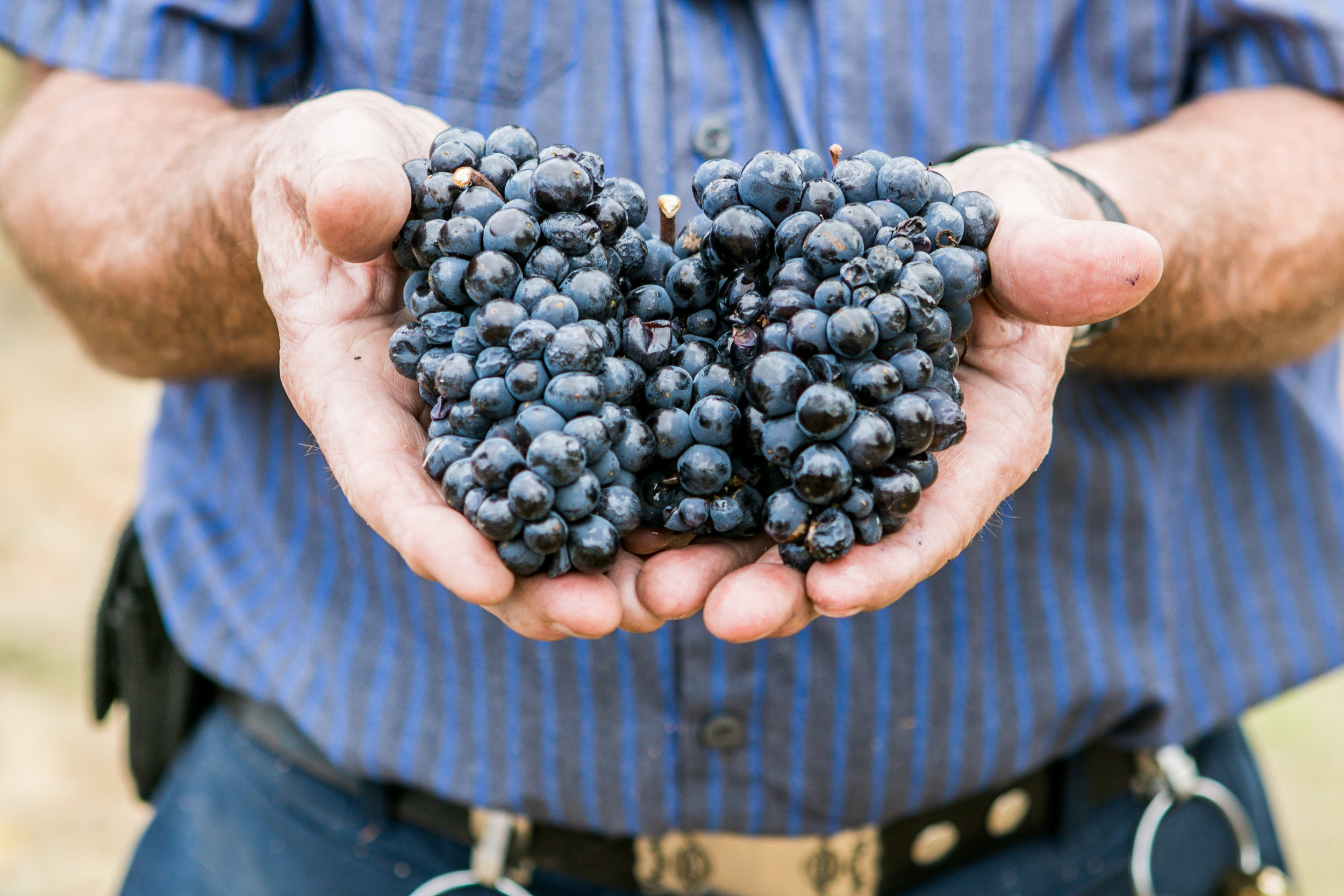
A breath of fresh air
Gust is the second-generation offshoot of Sonoma’s Cline Family Cellars. The brainchild of Megan Cline and Hilary Cline, the project was launched to tap the potential of California’s most exciting new wine appellation: the Petaluma Gap, recently recognized as superb for Pinot Noir, Chardonnay, and Syrah.
Owing to a mixture of foresight and luck, our father Fred planted vineyards here in the late 1990s, before the area gained grape growing renown. Cline has historically been associated with Zinfandel and Rhone varieties, but as we came of age, we gravitated toward cooler-climate wines, and wanted to lavish these sites with the attention they deserve, farming them at the highest level and making the most special wines possible.
Thus: Gust. The name is meant to convey the atmosphere of the Petaluma Gap, where, like clockwork, morning fog gives way to blustery winds. But we also like to think that the name represents the energy of the new generation. We’re applying a kind of different ambition to the privilege of our family experience, riding contemporary currents and sharing what we learn with our neighbors, many of whom are on a similar path. We’re actually a little obsessive-compulsive about it, but we’re also having a lot of fun – proceeding with gusto, you might say. In truth, Gust is a blast – and a breath of fresh air.

A tribute to the petaluma wind gap
Gust wines
The Petaluma Gap is a 200,000-acre expanse stretching from the Pacific coast to San Pablo Bay south of Sonoma. Taking its name from the town at its center and a low-lying vent in the coastal hills near Bodega Bay, its climatic hallmarks are wind and fog. When the latter burns off at midday, the temperature difference between land and sea sucks cool air inland, propelling it down the Petaluma River. In 2018, this gave birth to the world’s only winegrowing appellation based on wind.
Our vineyards are located at the eastern edge of the district, where the gusts run into Sonoma Mountain and get funneled south. On this west-facing slope, the grapes get full afternoon sun as well as the preservative effect of the breeze – a healthy orientation that we liken to cardiovascular conditioning. If sunlight is at the heart of winegrowing, the lungs are the wind: It regulates respiration of acidity, sustaining freshness in the fruit; thickens grapeskins, intensifying their flavors; and slows the pulse of ripening, resulting in long hangtimes. Warmer, less drafty regions generate primary fruit flavors, but besides those, Gust grapes have detailed secondary characteristics that complement food, facilitate aging, and enhance interest.
In other words, in the modern context of California wine, the Petaluma Gap represents the Holy Grail: full flavor development at lower sugars, and wines of great finesse.



